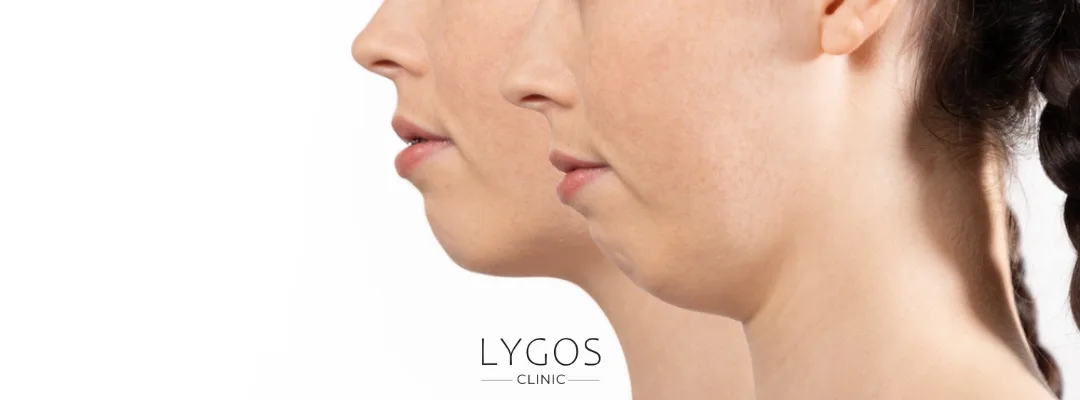Nasal Breathing vs. Mouth Breathing

Chose Your Topic
Nasal Breathing vs Mouth Breathing
Breathing is one of the most fundamental activities of life, and most people do it without even realizing it. However, the differences between nasal breathing and mouth breathing can have significant effects on our health. In daily life, knowing which breathing method is more beneficial is often overlooked. In this article, we will examine in detail the advantages, disadvantages, and considerations of nasal breathing vs mouth breathing.
Health Benefits of Nasal Breathing
Nasal breathing means using the body’s natural filtering and humidifying mechanisms. The nose not only carries air to the lungs but also performs many vital functions:
Air Filtration: The nose is lined with tiny hairs that trap dust, pollen, and microbes, allowing cleaner air to reach the lungs.
Humidifying and Warming Air: Cold or dry air is warmed and humidified through the nasal passage, protecting the lungs.
Increased Oxygen Intake: Breathing through the nose engages the diaphragm more effectively, delivering more oxygen to the body.
Regulating Breathing Rhythm: Nasal breathing helps maintain stable heart rate and blood pressure.
Immune System Support: By filtering harmful particles in the inhaled air, the nose supports the immune system.
These benefits make it clear that nasal breathing positively affects not only physical health but also mental and emotional balance.

Harms of Mouth Breathing
Mouth breathing is generally used in emergencies or when the nose is blocked. However, long-term mouth breathing can lead to various health problems:
Dental and Gum Problems: The mouth remains dry, increasing the risk of tooth decay and gum disease.
Respiratory Infections: Without nasal filtration, microbes reach the throat and lungs directly.
Sleep Problems: People who breathe through their mouths are more likely to snore and suffer from sleep apnea.
Fatigue and Concentration Problems: Insufficient oxygen intake can lead to low energy during the day.
Facial and Jaw Development: Prolonged mouth breathing in children can negatively affect jaw and facial structure.
These reasons highlight the importance of awareness regarding the differences between nasal and mouth breathing. Nasal breathing is a much healthier choice than mouth breathing.
Key Differences Between Nasal and Mouth Breathing
The main differences between dermal fillers and fat grafting are the material used and the longevity of the results:
|
Feature |
Nasal Breathing |
Mouth Breathing |
|---|---|---|
|
Air Purification |
Dust and microbes are filtered |
No filtration, risk increases |
|
Air Humidification |
Air is humidified and warmed |
Dry and cold air reaches the lungs |
|
Oxygen Efficiency |
Higher |
Lower |
|
Immune Support |
Increased |
Decreased |
|
Long-Term Effect |
Healthy teeth and gums |
Tooth decay and gum problems |
|
Sleep Quality |
Better |
Higher risk of snoring and sleep apnea |
This table shows that the differences between nasal and mouth breathing are not just theoretical—they can be directly observed in daily life.

When Mouth Breathing Is Necessary
Although nasal breathing is healthier, there are situations where mouth breathing is unavoidable:
Intense Physical Activity: During sports, the body requires more oxygen, and mouth breathing allows faster oxygen intake.
Nasal Blockage: When the nose is blocked due to cold, sinusitis, or allergies, mouth breathing is necessary.
Emergencies: In cases of shock, sudden shortness of breath, or risk of drowning, mouth breathing can be life-saving.
These examples show that the differences between nasal and mouth breathing depend on context, and each situation may require a different breathing method.

Methods to Encourage Nasal Breathing
To make nasal breathing a habit, the following methods can be applied:
Awareness and Exercises: Focus on breathing through the nose throughout the day.
Lip Exercises: Breathing exercises with lips closed increase nasal breathing.
Diaphragmatic Breathing: Breathing using the abdomen encourages nasal breathing.
Nasal Cleaning: Saline rinses or moisturizing sprays reduce nasal blockage.
Meditation and Yoga: Nasal breathing techniques increase mental awareness and establish correct breathing habits.
These methods further emphasize the health advantages of nasal breathing over mouth breathing in the long term.
Nasal Breathing vs Mouth Breathing?
For long-term health and quality of life, nasal breathing should be prioritized. Mouth breathing should only be preferred in temporary needs or special situations. The differences between nasal and mouth breathing clearly show that nasal breathing is a healthier and more sustainable method.
Proper breathing habits support both physical health and mental balance. Nasal breathing increases energy levels, strengthens the immune system, and improves sleep quality.
In conclusion, the unconscious breathing habits in daily life have long-term effects on our health. Understanding the differences between nasal and mouth breathing shows the importance of a seemingly simple habit. Prioritizing nasal breathing is a simple but effective strategy for a healthier life.
Nasal Breathing vs Mouth Breathing Frequently Asked Questions (FAQ)
Nasal breathing filters, humidifies, and warms the air. This protects the lungs and airways, increases oxygen efficiency, and supports the immune system. Mouth breathing does not provide these benefits and can lead to dental, gum, and sleep problems in the long term.
No. In some situations, mouth breathing is necessary. During intense physical activity, nasal blockage, or emergencies, mouth breathing can be life-saving. However, long-term habitual mouth breathing is harmful to health.
Yes. Regular awareness, diaphragmatic breathing exercises, lip exercises, nasal cleaning, and meditation can make nasal breathing a habit.
Nasal breathing reduces the risk of snoring and sleep apnea. It also ensures more consistent oxygen intake and helps the body rest better during sleep.


